The NHERI SimCenter is excited to host three REU students this summer and co-mentor two REU students located at the NHERI RAPID facility. NSF’s Research Experiences for Undergraduates (REU) program promotes education and research through internships in active research. Three REUs join the SimCenter on site for an intensive ten-week internship where they complete independent research projects while mentored by domain experts on the software development team. Their research outcomes will be presented at the NHERI REU Symposium on August 7 and 8 at Oregon State University with REUs from the other NHERI sites.
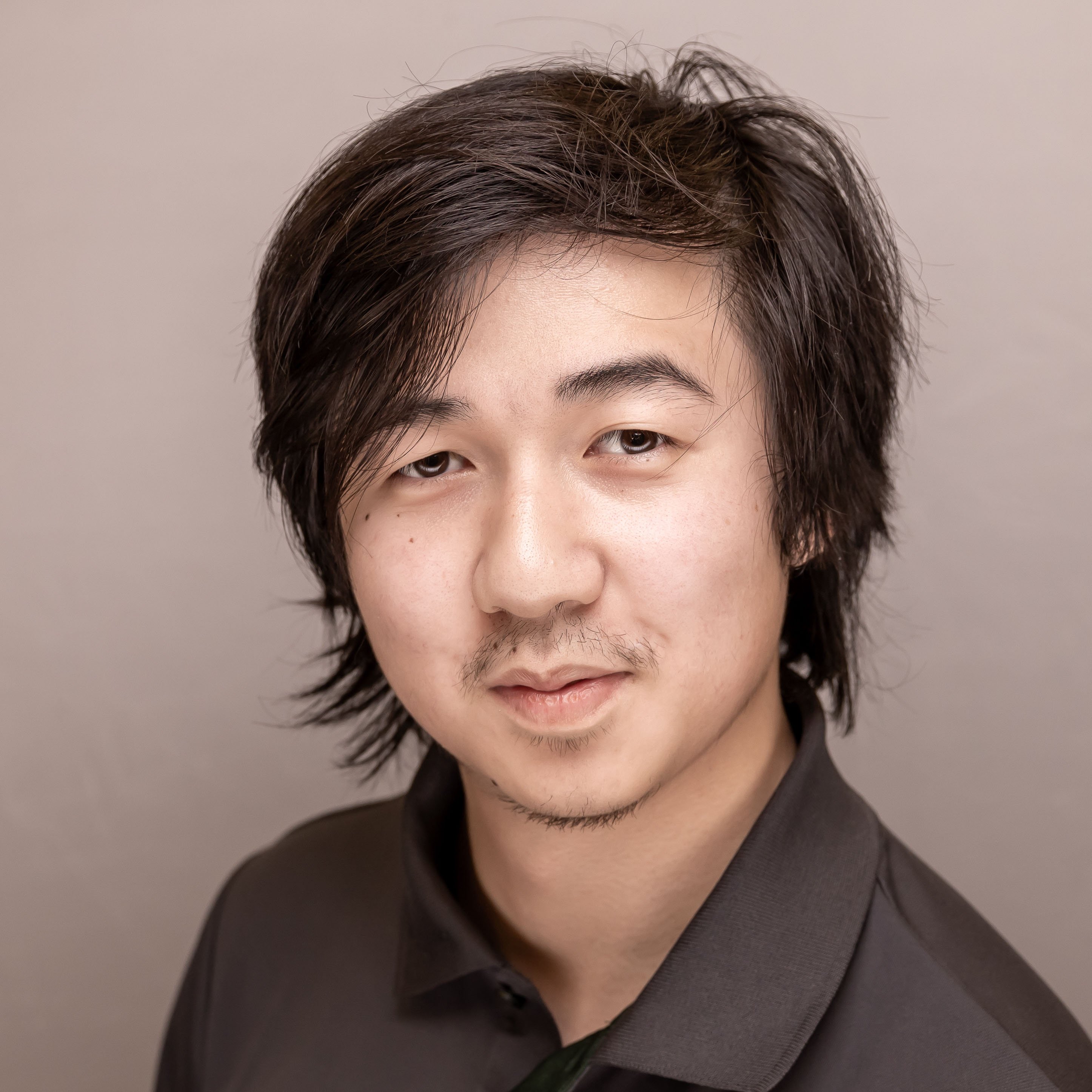
Danyan Guan is a rising junior studying civil engineering at Cal Poly Pomona. He applied to the REU program after being encouraged by his research advisor. He has an interest in transportation and recently took a transportation systems class “which gave me a project pertaining to natural disaster management. Transportation is susceptible to natural hazards which can impact traffic and safety. I am interested in how models can be developed to simulate the effects of a disaster on a transportation network and how users could use the data to plan for such events. I noticed that the SimCenter had an application, R2D, that assisted with modeling a transportation network. I was hopeful that I could apply it into my research study and look at how we could develop models to identify deficiencies in public infrastructure. I also noticed that the SimCenter was centered on coding, and being someone with no prior experience in coding, I wanted to learn coding languages and software that would prepare me for the transportation industry.”
Danyan’s mentors are Tianyu Han and Dr. Matt Schoettler, and his project will analyze the transportation impacts of debris removal on travel time and CO2 emissions in a day versus night scenario. Danyan elaborates that “California is no stranger to wildfires, and more devastating fires on par with the Palisades and Eaton Fires will occur. Fires in urban areas will leave behind debris and it is imperative that cities clean these sites up as quickly as they safely can before rehabilitation. Therefore, it is important to study and understand what the ideal time frame is for removing such debris that minimizes travel time and CO2 emissions in a 7-day period.”
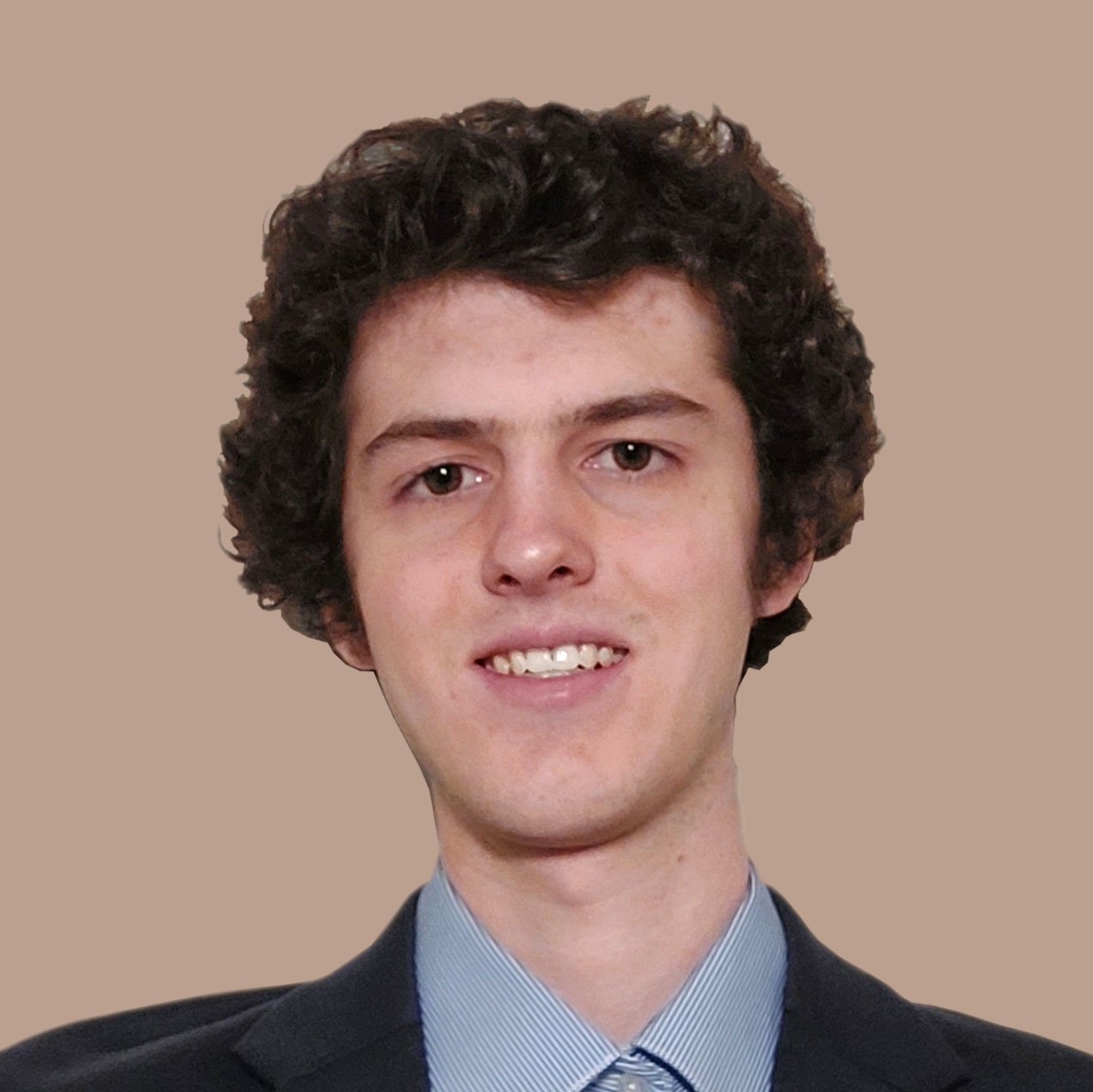
Cyrus Rohrbough is a rising junior majoring in civil engineering at The Cooper Union for the Advancement of Science and Art. He applied to the REU program because he wanted to gain experience doing research in civil engineering, and the program was recommended by a faculty member in the civil engineering department. Cyrus explains that “I applied to the SimCenter because I think that the use of computation modeling in civil engineering is interesting and I wanted to gain experience performing research in this area.”
Cyrus’s mentors are Dr. Aakash Bangalore Satish and Dr. Matt Schoettler, and his project will use a surrogate model to accelerate the Bayesian calibration of a finite element model of a reinforced concrete bridge column. The purpose of the project is to demonstrate the effectiveness of surrogate-aided Bayesian calibration for calibrating a model for a real engineering problem. Cyrus notes that “the calibration is performed using experimental data from a full-scale bridge column which was subjected to six earthquake loads. The model being calibrated is one of the winning models in a blind competition to predict the response of the column when subjected to the six earthquake loads. Being able to more accurately model how earthquakes will affect structures is necessary to build structures which are better able to withstand earthquakes.”
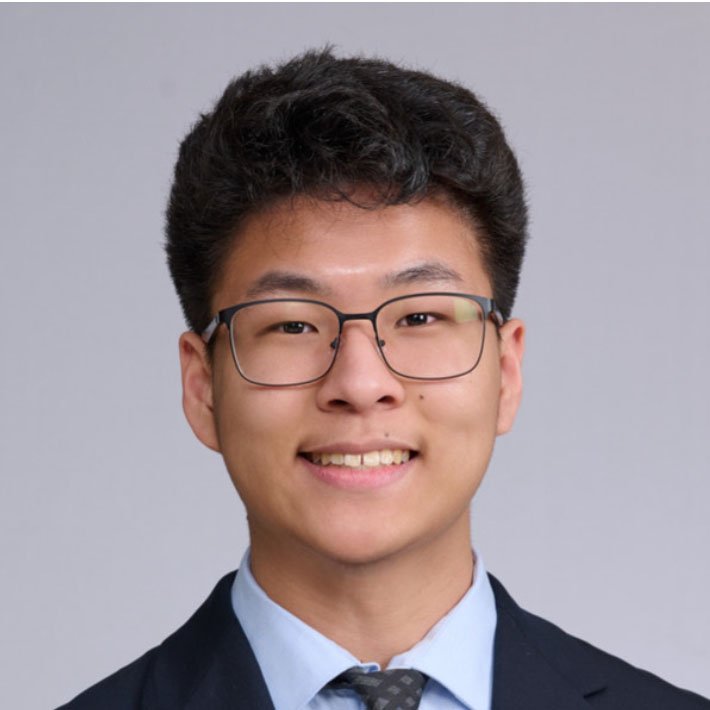
Daniel Xiao is a rising junior studying computer science at Boston University. He applied to the REU program because he is interested in research involving computational modeling. Daniel notes that “computational physical simulations — in particular, rigid/soft body and fluid dynamics — were among the first computer science applications I was introduced to when I started learning to code as a kid, and I have been interested in it ever since. The SimCenter site was the most compelling to me as a computer science student, since it had the most room for interdisciplinary work where I could leverage my computer science background to work on engineering problems.”
Daniel’s mentors are Dr. Justin Bonus and Dr. Matt Schoettler, and his project aims to enable Probabilistic Tsunami Risk Analysis for arbitrary regions of global coverage. Daniel states that “to that end, I am developing a workflow that automatically aggregates and merges topobathy raster data and building footprints within defined bounding boxes from publicly accessible resources, and couples Celeris — a Boussinesq equations-based wave solver — with finite element analysis using OpenSees to augment understanding of the flow-induced forces and their consequences for the structural integrity of coastal infrastructure.”
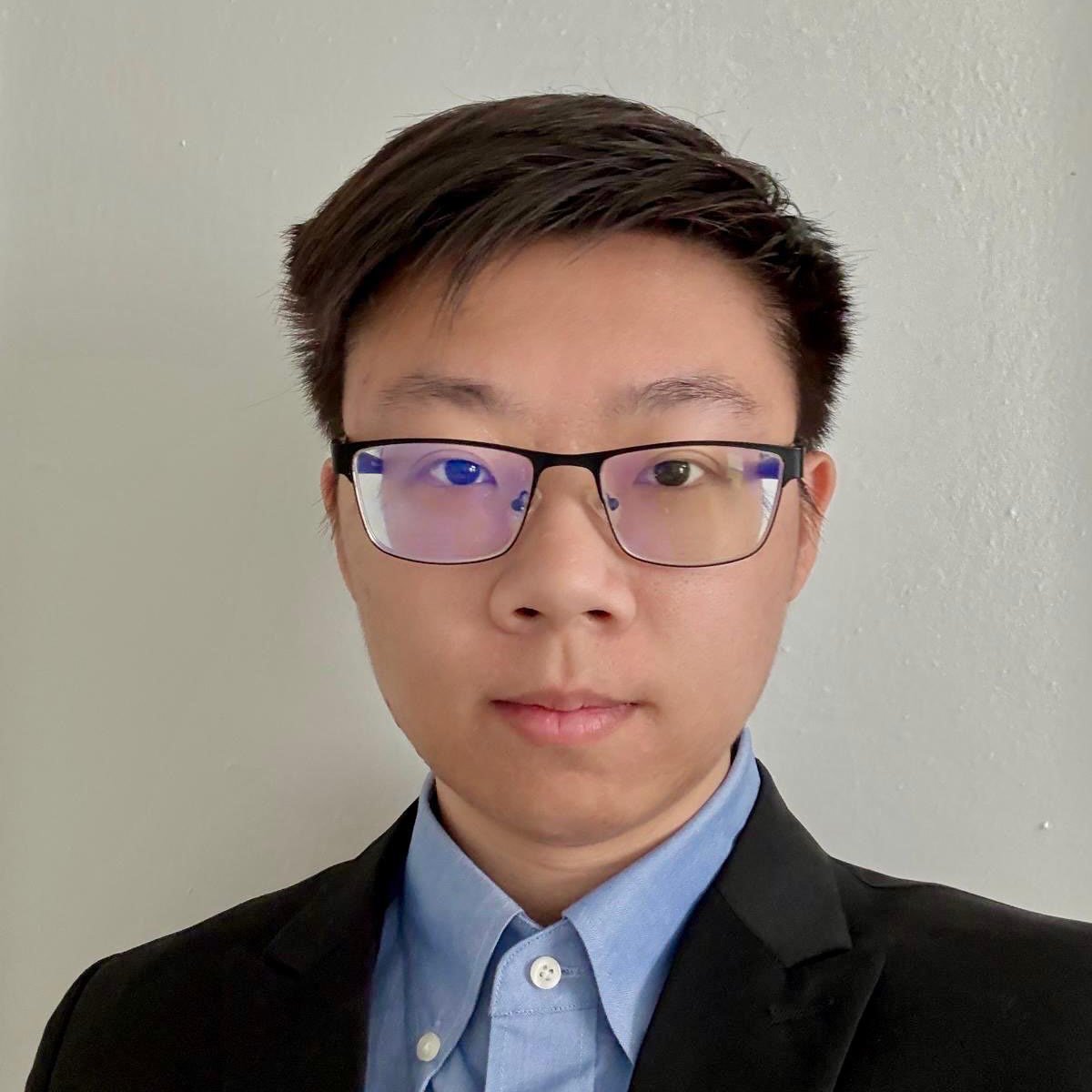
Ryan Chen is a rising senior in civil engineering at The Cooper Union for the Advancement of Science and Art. For this summer’s REU program, he is located at the RAPID facility at University of Washington, and he is jointly mentored by RAPID and SimCenter. He applied to the REU program to have a chance to explore work and meet graduate students outside of New York City, and to experience research with a large team at a research-focused institution. He chose the RAPID facility specifically for their interests in data-based hazard analysis and their acquisition of data from field deployments, and he is excited to work with the SimCenter in learning about the applications of AI through the BRAILS++ tool.
Ryan’s RAPID mentors are Professor Laura Lowes and Professor Joe Wartman, and his SimCenter mentor is Dr. Barbaros Cetiner. They support him on the project “Evaluating the Efficacy of AI Vision-Language Models in LiDAR and Street-View Data-Based Wildfire Damage Assessments.” Ryan notes that “motivation for the project stems from the need to utilize manual field visits or simplified damaged/undamaged classification in current large-scale damage assessments. The project aims to suggest a more diverse and informative set of damage states for wildfires and to determine the effectiveness of different vision language models in implementing the categorization.”
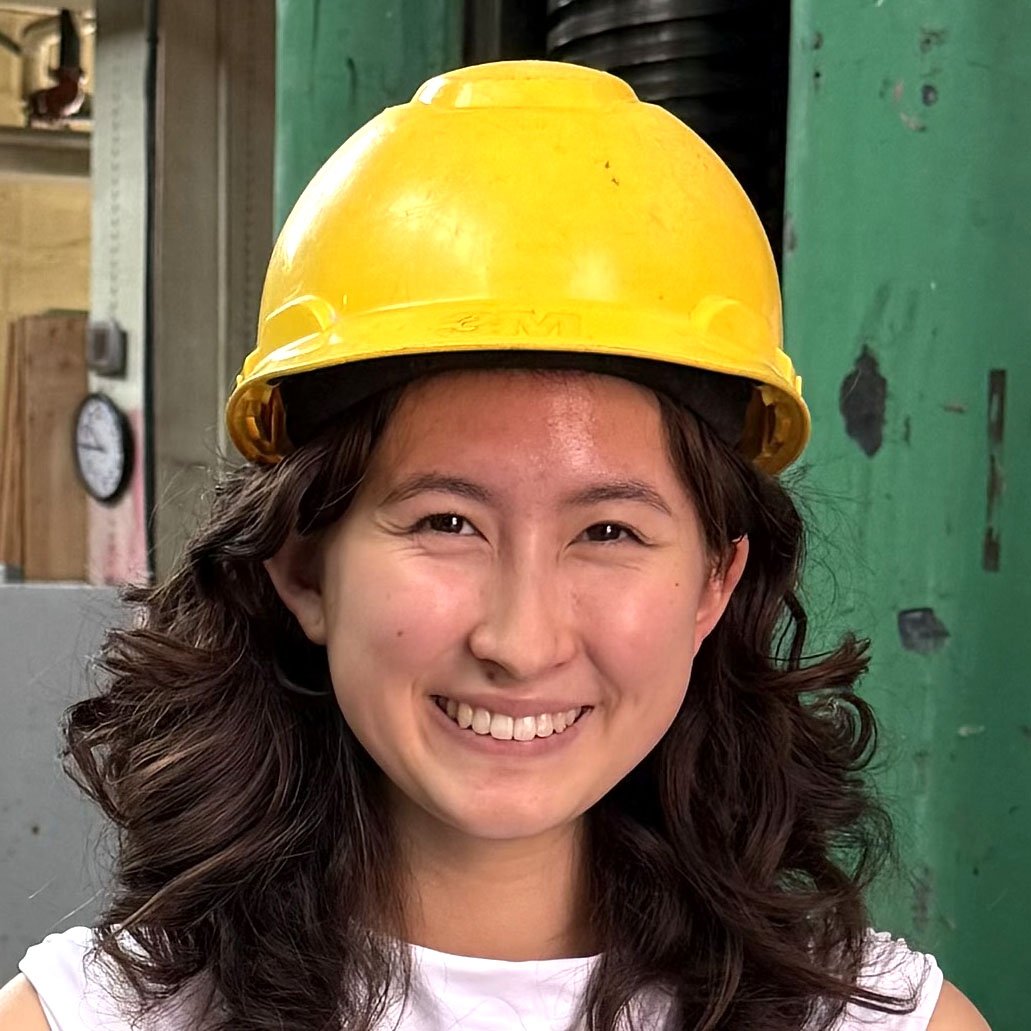
Ella Wilson is a rising sophomore majoring in Sustainability, Science & Society in the interdisciplinary Faculty of Arts and Science at McGill University in Montreal, Canada. She applied to the REU program to gain experience with an independent research project, and she chose the RAPID facility for the chance to conduct hands-on research in her hometown, Seattle. She intends to apply her RAPID experience to a field-study program that she plans to attend during her third year at McGill.
Ella’s RAPID mentors are Professor Laura Lowes and Professor Joe Wartman, and her SimCenter mentor is Dr. Barbaros Cetiner. They are supporting her on the project “Evaluating Vision-Language Models for Automated Wildfire Damage Classification Using LiDAR and Street-View Imagery.” Ella says that “this project aims to improve the efficiency of post-wildfire recovery efforts while also supporting post-wildfire investigations by providing detailed insights into wildfire behavior. While the project will analyze varying infrastructure damage to indicate different combustion levels, the focus will be to automate the analysis using artificial intelligence.”